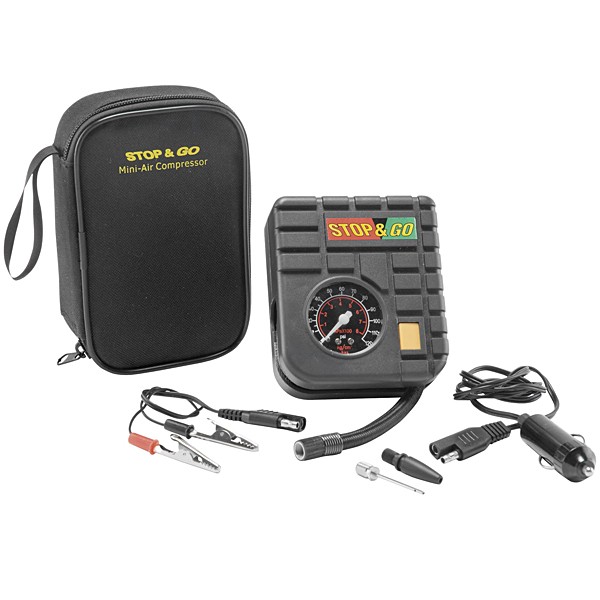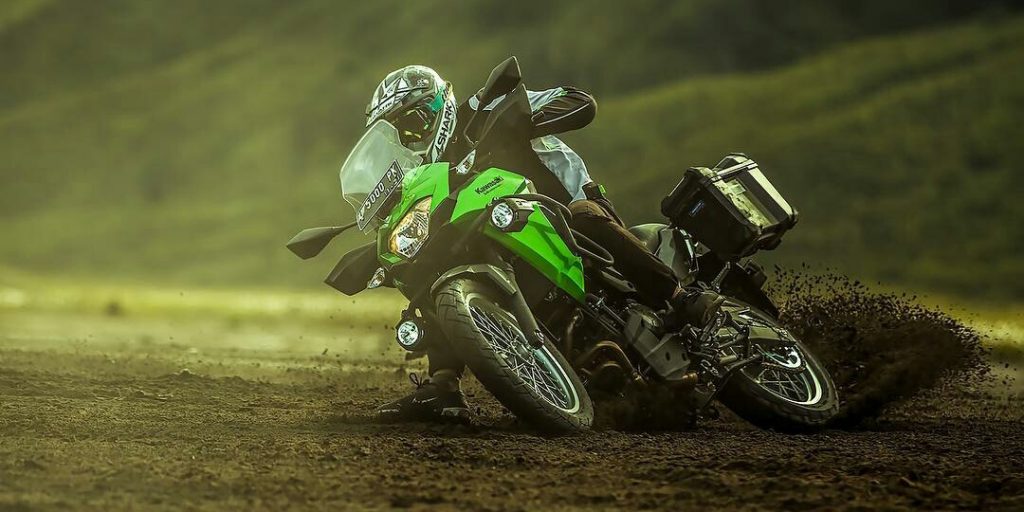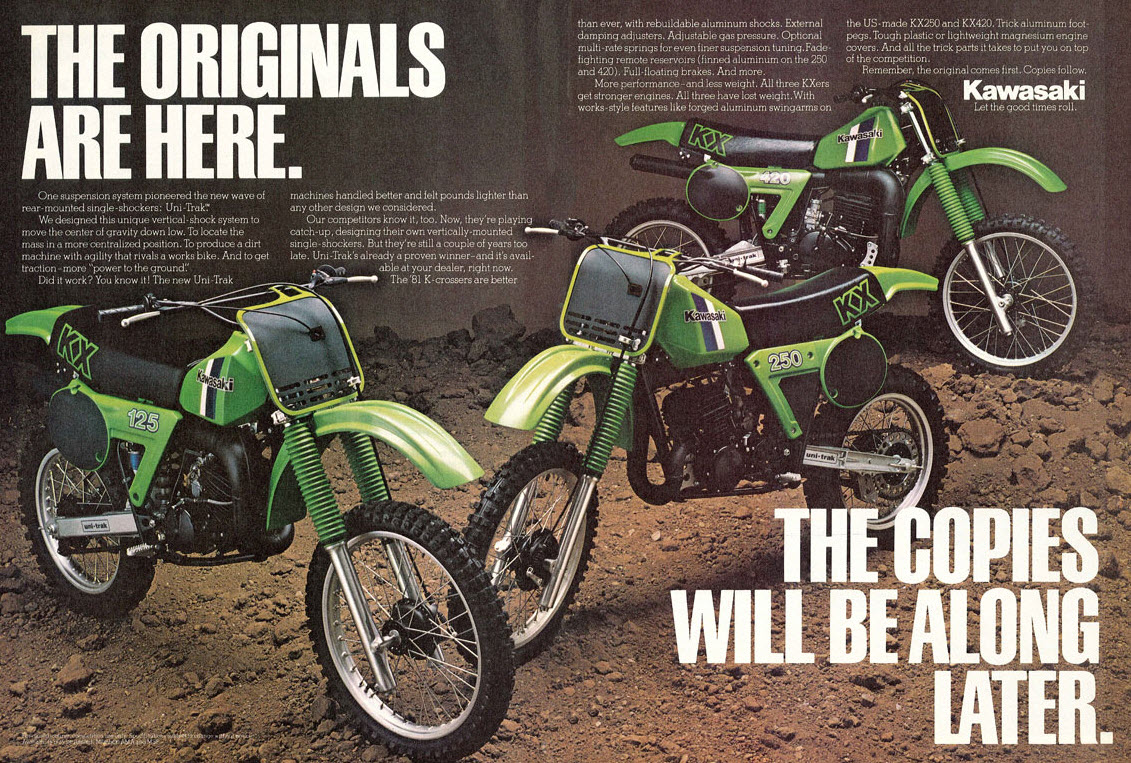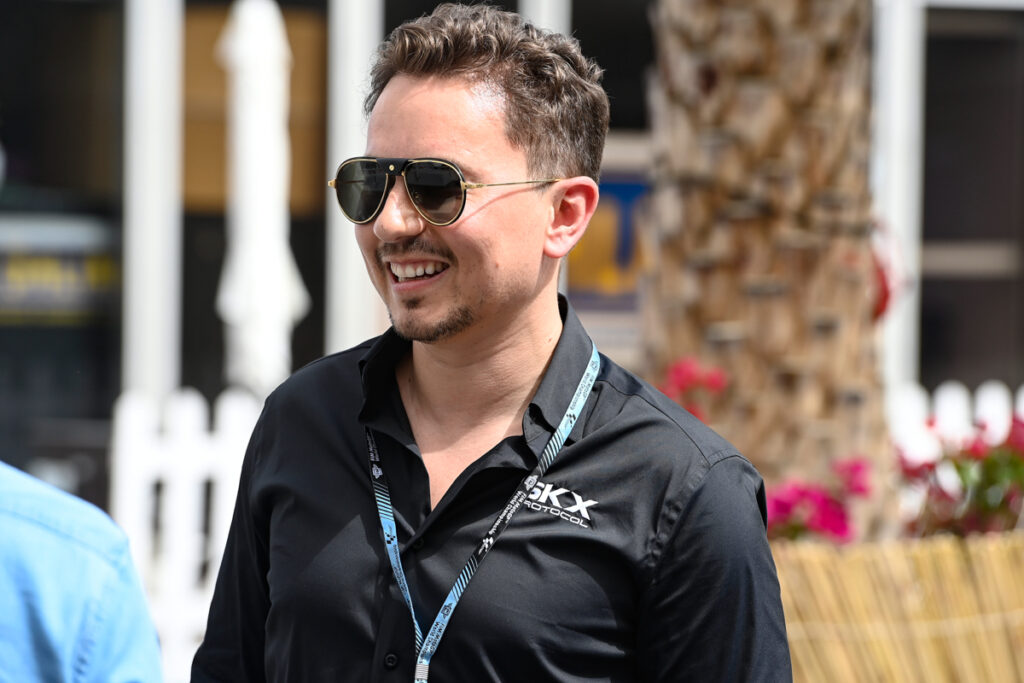-
Adventure riding takes you to places inaccessible to most others
-
Adventure riding takes practice and careful planning
-
Once experienced, it may become your only type of riding activity

Adventure riding is fun in many more ways than one.
Why not ride an offroad trail or better yet, blaze your own trail to some waterfall in a jungle where no one has been to before, compared to visiting an easily accessible waterfall that’s overcrowded, dirty and dangerous with rubbish and human effluents?
But how does one go about with adventure riding? Some people may cynically say, “It isn’t an adventure unless something goes wrong.” It’s not as bad as that. Think about discovering the many God-made beauties our country has to offer.
Here are our top tips for adventure riding.
1. Get a Proper Adventure Bike
Starting with say, a Kawasaki Versys-X 250 or a Versys 650 ABS. Or just go ahead with a Kawasaki KLX150BF or KLX250 (you may want to leave the KLX450R for the pros, though). But for the sake of simplicity, we’ll just stick to the Versys-X in this article.

The Versys-X 250 fills the role of a lightweight adventure and commuter motorcycle nicely, as it has a good balance for adventure riding when standing up on the footpegs. It’s also equipped with spoked wheels instead of cast aluminium ones. Spoked wheels are more desirable for adventure riding as they are usually lighter, absorb shocks better and can be adjusted back to shape if dented.

The KLX range is a no brainer when it comes to adventure riding, as they are enduro motorcycles – super lightweight, slim, long travel suspension, big spoked wheels, and torquey engines. The KX models, on the other hand, are competition models for motocross, supercross and conversion to supermoto, thus they are not road legal. But you could always truck it to the starting point of your ride.

Depending on the severity of offroading on your adventure ride, you may need to replace the Versys-X’s stock tyres to more adventure-oriented ones, otherwise the standard tyres are fine. Adventure-specific tyres not only offer more offroad grip, but they also allow the pressure to be dropped safely (more on this below).
2. Get Proper Training
Adventure riding has its specific set of skills. The route you’re going to travel on may not be severe, but it’s always good to be prepared.
Best way to learn this is at Most Fun Gym (MFG), operated by Malaysian veteran GP rider and legend, Oh Kah Beng. MFG may seem to be a hardcore motocross school, but it’s otherwise in reality. You don’t have to do the jumps. Learning offroad means learning the skills to control a motorcycle over low to no-grip situations through mastering throttle control, brake control, body control, body positioning, vision.

You’ll find your road riding skills improve too. That’s why MotoGP champs ride offroad on their off days.
3. Packing Up
This may seem frivolous but packing plays a big role in a safe hence enjoyable adventure ride.

A few extra items should be brought along:
- Extra tool kit. Or a good multi-tool set with extensive attachments.
- Cable ties. The most important kit by far.
- Tyre tube or tyre puncture repair kit.
- Compact electric air pump for the tyres.
- Tyre pressure gauge.
- First aid kit.
- Flashlight.

For one, heavy items such as tool kits, or camping equipment should be packed low in the panniers. Locating them high up results in a high centre of gravity and causing the top-heavy feeling (the bike likes to tip over at slow speeds).
Important items like the wallet, phone, cigarettes/vape, lighters should be packed in a waterproof or ziplock bag, and be easily accessible, so you don’t have to dig through everything to look for them.

Not least of all, hook the motorcycle’s key to a large keychain. It’ll give you a good chance of locating it should it be dropped into a pool of mud or water.

4. Riding Gear
Adventure riding gear is the best as they are designed to be tough, protective and comfortable.

However, if there are certain constraints, motocross wear is fine, but do wear full body armour including knee and shin guards.

The subject of boots is open to contention, however. Many choose to wear motocross boots but this writer prefers adventure riding boots such as the TCX Track WP. First of all, the latter is more flexible, which increases comfort greatly. Secondly, adventure boots have more “aggressive” sole patterns compared to MX boots. That’s important in case you get off and push the bike. MX boots’ soles are smoother, made for sliding across the track while cornering, which means you may not have much traction in the rough.

An adventure helmet (full-face with a peak) is good, so is a motocross helmet, as they provide optimal airflow. A roadracing full-face will have you out of breath in a jiffy. An open-face is inadvisable as it doesn’t have the protective chinbar.

5. Tyre Pressure
With all that out of the way, it’s time to ride.
But hang on! We need to work on the tyre pressures first!
Again, if the adventure ride consists of serious offroading, the tyre pressures needs to be reduced.
Reducing the tyre pressure lets the tread “open up” for a wider footprint. The lower pressure also allows the tyres to absorb shocks from irregular surfaces, rocks and tree roots.

Typical road pressures are anywhere between 200 kPa front to 280 kPa rear. A drop of half will suffice. For example, if the recommended pressure for your bike is 200 kPa, drop it to 100 kPa.
Remember we recommended that you bring a tyre pressure gauge? This is what it’s for. Also, keep in mind to re-inflate the tyres back up to the recommended pressures when you ride home on the road. That’s what the air compressor is for.

6. Stand Up
Get your buttocks off the seat and bend your knees a little, using your legs as shock absorbers for the rear. Lean your chest slightly towards the fuel tank and splay your elbows outwards, but do not press down on the handlebar. Use them as additional shock absorbers for the front, instead.

Standing up brings your centre-of-gravity (CoG) down to the footpegs. Also, having your body off the seat means you don’t get hammered when the bike moves around underneath you. Sitting down in the seat, will have the bike taking you for a ride as it snakes, squirms and bounces.
The Versys models have short fuel tanks; the Versys-X’s fuel tank is sloped sharply downwards at the rear so that the rider may position his body weight towards the front when standing up.
7. Ride Loose
Your grip, arms, torso and legs should be relaxed. This allows the bike to do what it’s supposed to, and letting the suspension soak up the bumps. Fighting the bike will only exacerbate a situation. Your job is just to point the bike towards where you want it to go.

8. Push Down
Cornering on the road or track means leaning your body to the inside of the corner.
When adventure or offroad riding, keep your body straight up and push the handlebar and footpeg downwards.
9. Sit Down
Standing up is necessary when you travel straight or around a gentle curve. But you need to sit back down for sharper corners.

Keep your upper body straight up and push the handlebar downward. Stick your leg out but that leg’s knee should touch the bike. Splaying your leg wide will have the bike sliding and can lead to a lowside.
10. Throttle Control
Throttle control is probably the single most important control in adventure riding (so is on the road, as a matter of fact).
Modulate the throttle smoothly when turning it on or shutting it. Roll it on, roll it off – never slam it open or slam it shut.
If the bike slides in a turn, don’t slam shut the throttle like what your instinct tells you to do. A slide doesn’t mean the bike is totally out of control. It’s just a sign that the sliding tyre or tyres have less traction.

Instead, you could maintain the same throttle position and lift the bike up slightly by either using your leg or the handlebar, or both. If you need to slow down more, remember to roll off the throttle. Cutting the throttle immediately when the bike is sliding will cause an abrupt back-torque (engine braking) and that will result in the tyre breaking all available traction.
When we tested the Versys-X, we noticed that the engine’s power is softer initially, before picking up at 3000 RPM. On one hand, that’s to not scare beginners, but it’s also meant for smoother throttle response when adventure riding. The model is also equipped with a Slip & Assist clutch to control engine braking.
11. Don’t Jump on it!
As with the throttle, you should also be smooth on the brakes. Never grab the brakes but apply pressure progressively.
Additionally, do not brake in a slide. Use the throttle.
Similar to the throttle, the Versys-X’s front brake is a little soft at the beginning of its stroke.

12. Look!
The simple adage applies: “You go where you look.”
Don’t stare at the big rock in your path if you don’t intend to hit it. Look to the sides and you will miss it.

So, there you go. Follow these pointers and you will want to forget about road riding and who knows, you may devote yourself to adventure riding. These tips may seem complicated at first, but they are actually rather simple and straightforward when you put them together.
Enjoy that waterfall!


































